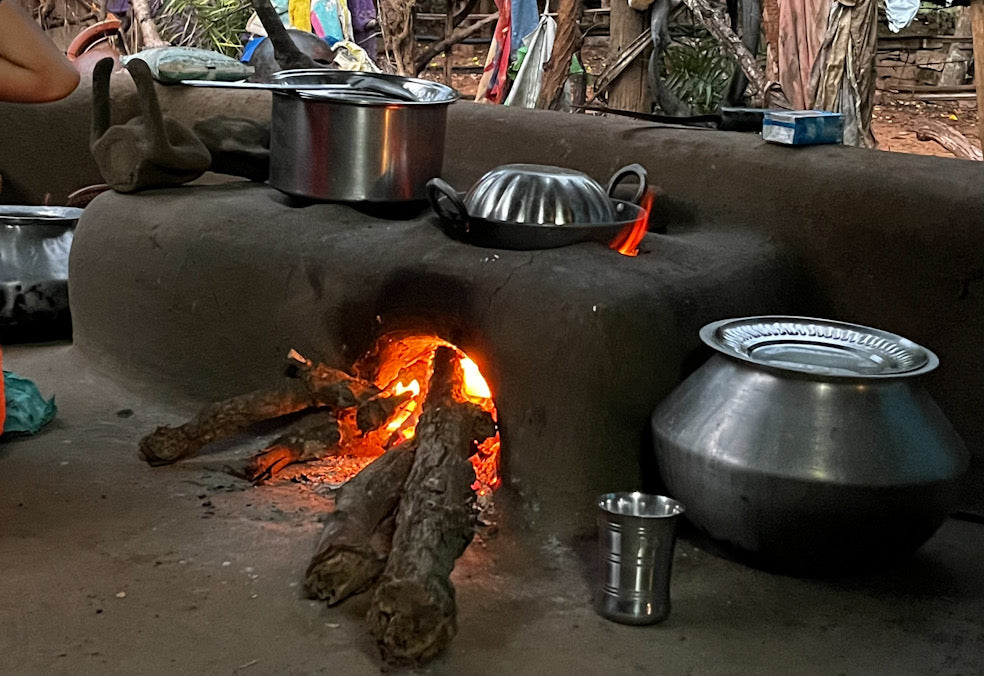With an increasing population and a longer life span – turning to sustainable products has become a necessity. Feeding an increasing number of people without interfering with the natural ecological balance is now more important than ever. The masses are slowly being educated about their individual and collective carbon footprints, and therefore are turning to sustainable ways of living.
From using sustainable products in day to day life to travelling and living responsibly – small steps can make a great difference in the long run. In this light, the ancient Indian Art like Phad paintings which use organic colours and sustainable ways of dyeing the canvas is more appreciated. Check out our ancient Indian art store and shop some of the most sustainable artifacts and art delights – including functional home decor and aesthetic artistic items.
When you are on a pursuit of sustainability, what you consume on a day to day basis can never be neglected. A sustainable living is not only limited to making informed buying choices, it goes much beyond that. Mindful eating is a big part of sustainable living. In this regard, going back to ancient diets which were majorly plant based is a healthy choice, and one of the best things you can do while you are on a path of sustainability. One common dietary pattern amongst the early civilizations was high intake of nuts, grains, and seeds along with meat consumption only on special occasions.
The Harappans in the ancient Indian civilization cultivated pulses, and their main staple were cereals. Along with these, the Harappans are known to be big consumers of fruits and vegetables as a part of their diet. The importance of consuming fresh fruits and vegetables cannot be disregarded while searching for healthy and sustainable eating options. Eating fresh fruits and vegetables by chewing them is proven to be much more healthy than boiling them before consuming.
On similar lines, the ancient American civilization of Incans too consumed a plant heavy based diet which included beans, potatoes, squash and quinoa, while meat was restricted to special days. The ancient Egyptian civilizations that settled across the banks of River Nile consumed a predominantly vegetarian diet too – which was aided by the bounty from River Nile.
Similarly, if we closely examine the ancient diets of old civilizations – we can see a clear pattern of veg based diets being consumed on a regular basis. The pulses and cereals contribute to the amino acid profile requirements.
On the other hand, nuts, seeds, and grains are higher in cysteine and methionine which contributed to the essential sulfur amino acids. These plant based diets provide a wholesome protein requirement to the body, which also enables our bodies to break the complex protein compounds found in animal based diets.
While consuming meat is not a bad thing, doing so by totally parting ways with a plant based diet is not only essentially unhealthy, but will also mess with the ecological balance.
If you are on a journey of adopting a sustainable lifestyle, retaining ancient diets which predominantly consist of plant based diets is quintessential.

